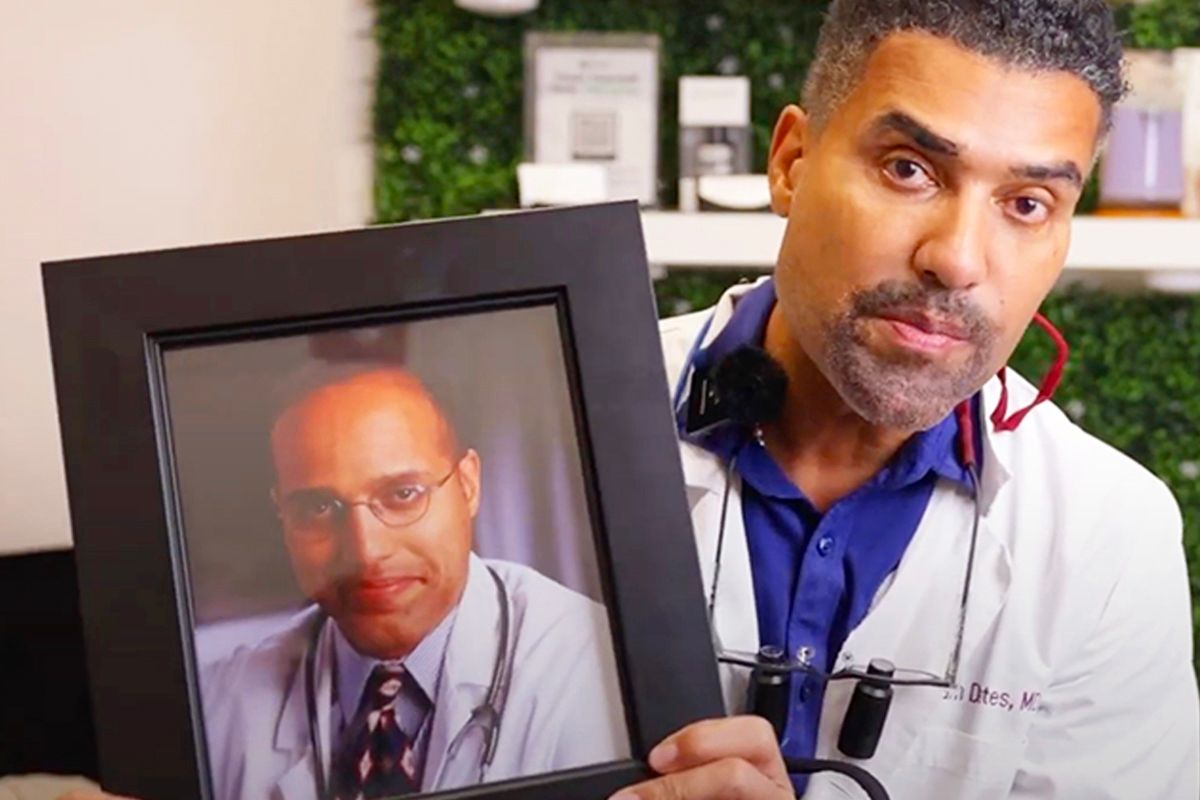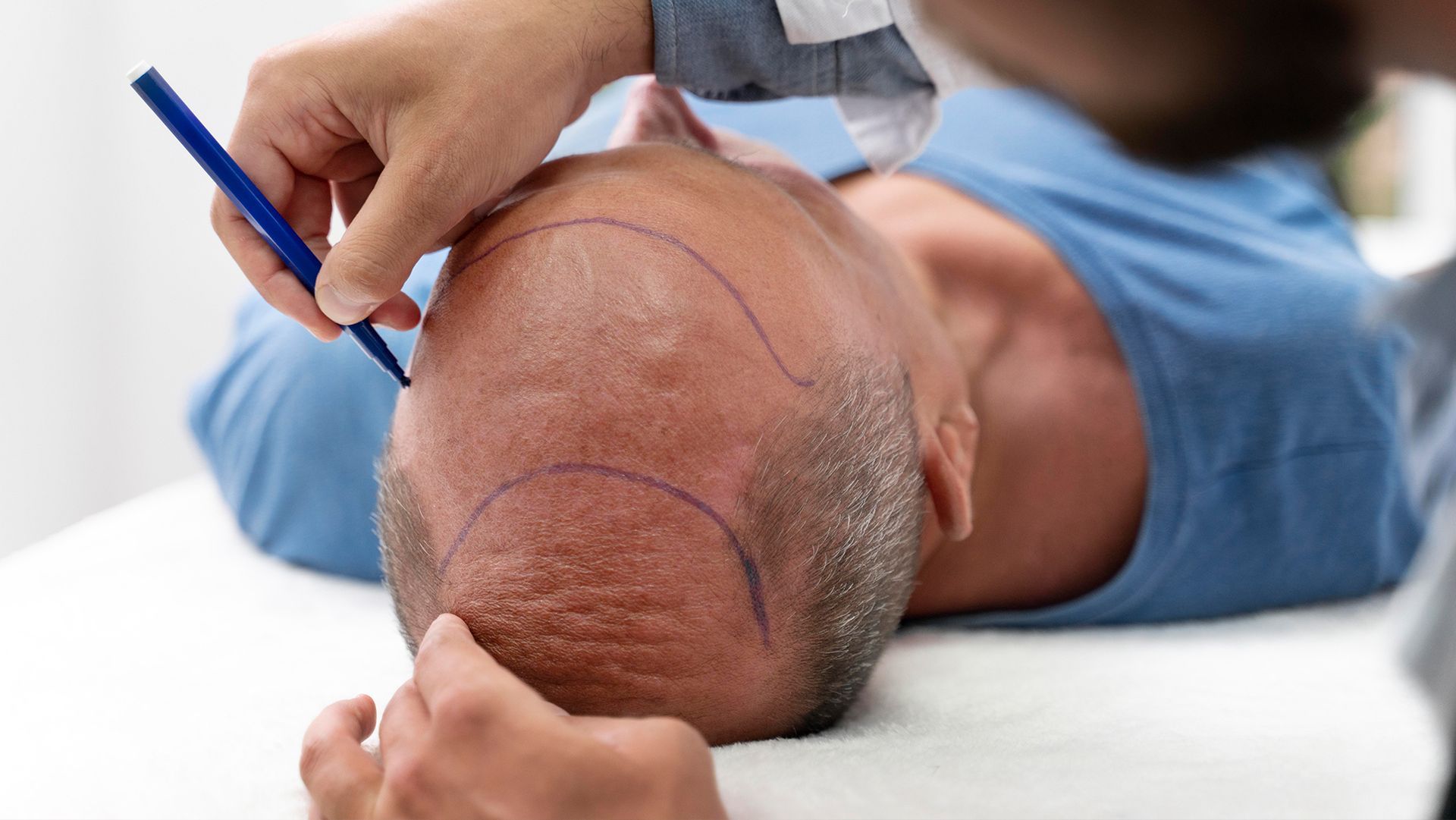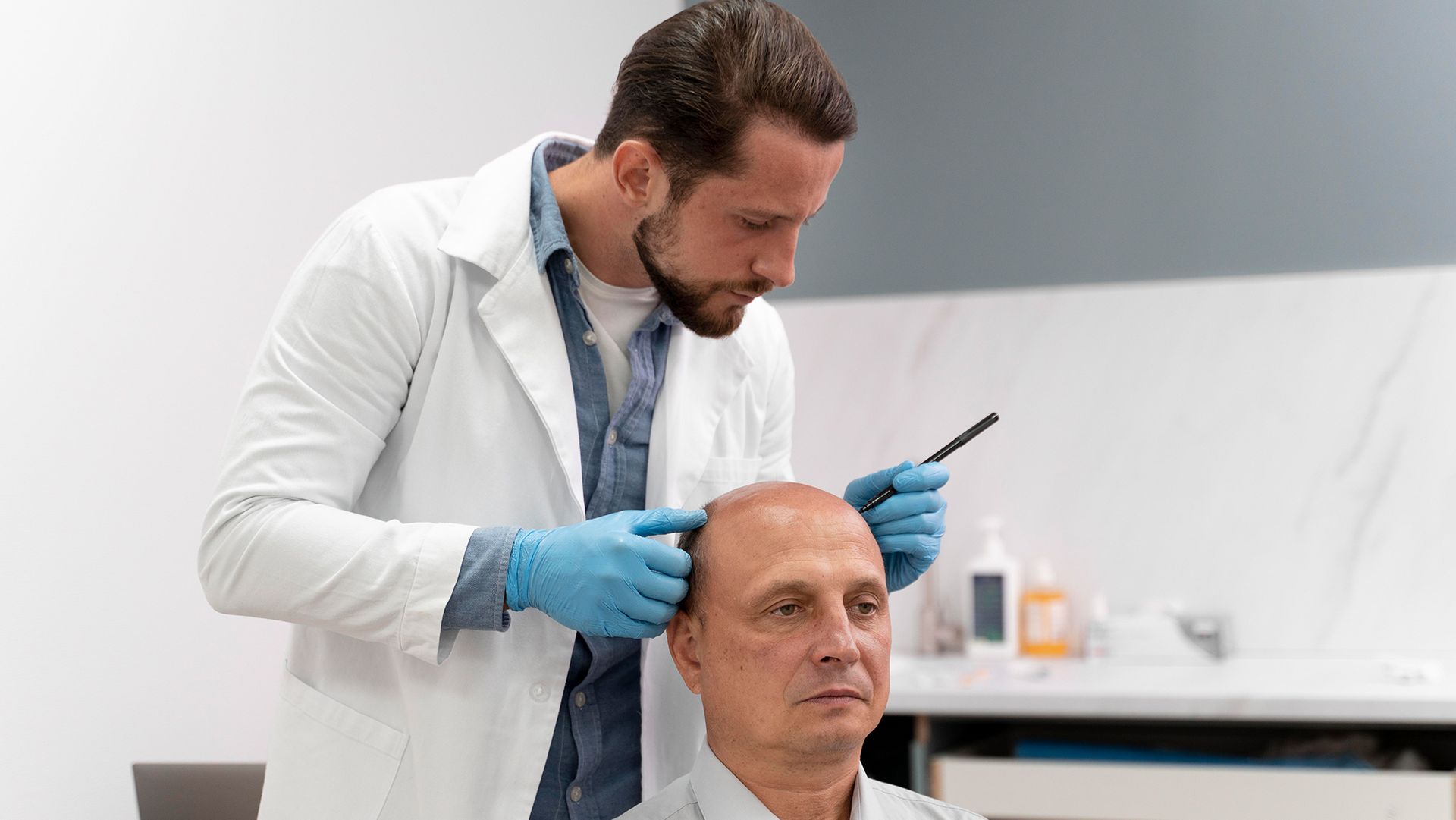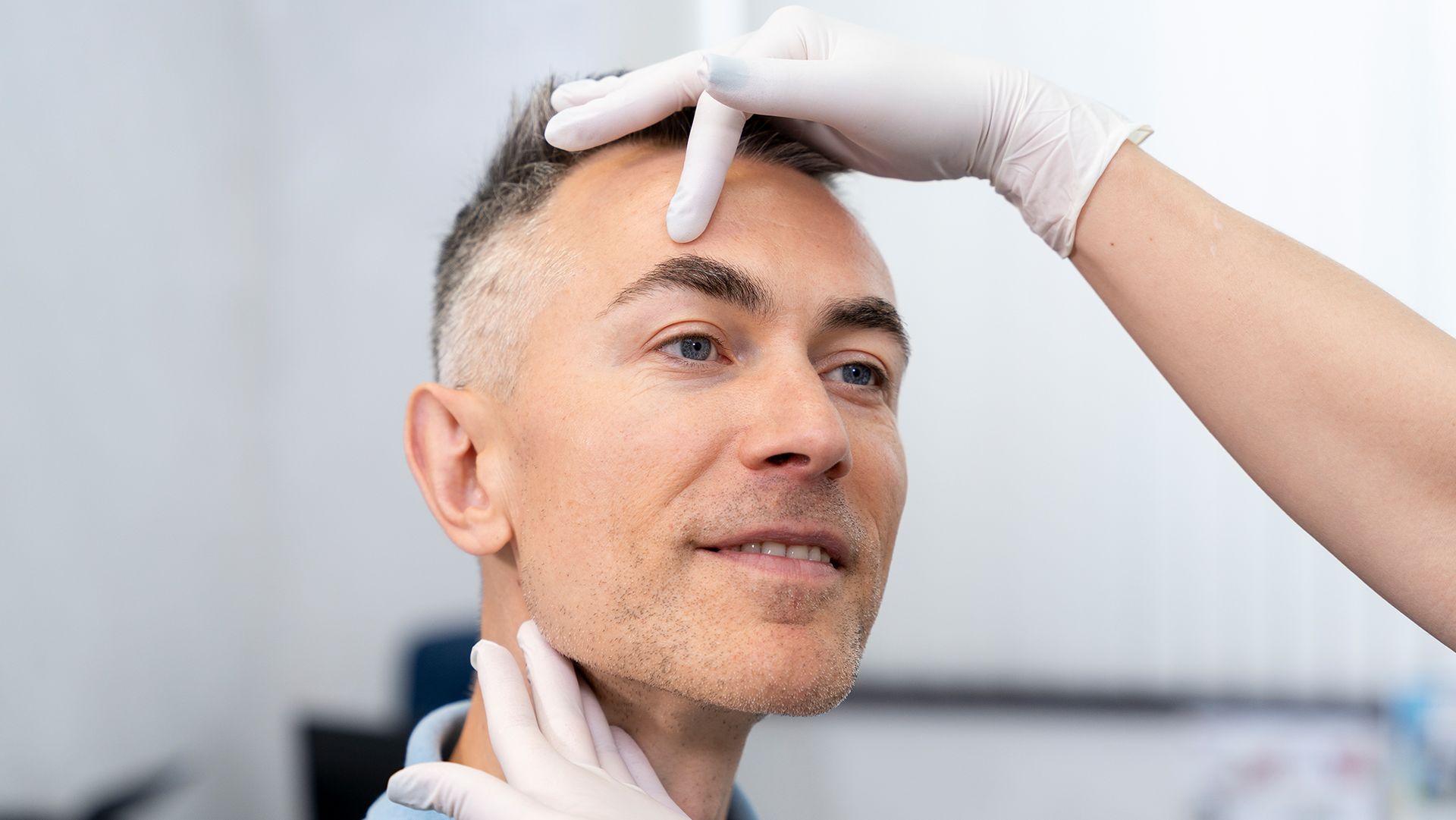What Hair Transplant Complications to Expect and How to Prevent Damage

Before you get a hair transplant, it’s important to know what can happen right after. But aside from the side effects, you also want to consider the risks.
According to studies, the success rate of regrowth with transplanted hair goes from
10 to 80 percent within three to four months. Even so, there’s still a chance that the surgery doesn’t turn out the way you expect.
So, here are some of the hair transplant complications you should keep in mind and what to do to avoid further damage.
Post-Treatment Complications and How to Aid Them
Hair transplant complications are likely to appear post-treatment. In some cases, it occurs right after up to a few days or weeks after the surgery. It can also come up during the recovery process.
The following are a few risks you want to consider:
Bleeding
Right after a hair transplant procedure, you can expect bleeding from the surgical sites. Sometimes, it also occurs during the treatment.
Keep in mind that this is common during surgeries because the procedure requires you to have incisions. An ice treatment is a quick and easy way to reduce the bleeding post-surgery, but if it becomes excessive, you should get medical attention as soon as possible.
Scarring
Since a hair transplant surgery involves incisions, you can expect scarring as the surgical sites heal. But most of the time, these are temporary and fade over time.
The type of scars you can expect depends on the type of hair transplant you get. FUT leaves linear scars, especially in the donor area. On the other hand, FUE causes small, dot-like scars, which are often less noticeable.
These tend to go away on their own as you recover. Note that there’s a chance some of these scars stay permanently, depending on the depth of the surgery.
Swelling
Swelling is one of the most common complications after a hair transplant, but it usually doesn’t cause any further issues. Still, it can be uncomfortable for most people, especially when it stays for a while.
You can aid the swelling by applying a compress or taking medication. Depending on the severity of the swelling, you want to take your time to rest from lots of physical activity for a while, especially if it makes it hard to open your eyes.
Possible Infection
Infections are a rare case after a hair transplant surgery due to the techniques that come with the procedure. Moreover, it’s important to take extra measures from the very start by choosing a surgeon or clinic that
specializes in hair transplant procedures.
These can occur when the surgical sites fail to heal properly or end up opening during recovery. If the exposure is left for a while instead of treated, it can lead to an infection.
It’s also important to follow aftercare instructions accurately. This way, you can ensure timely and proper healing.
In case of an infection, you can take medication or contact your doctor to get yourself checked before anything else.
Transplant Failure
A hair transplant is one of the best methods of hair restoration because it provides permanent results. But keep in mind, that’s when the procedure comes out the way you expect it to.
Although there are very few cases, the hair grafts may not be able to survive the new conditions. And so, it makes little changes to your condition.
When this happens, you can get advice from your doctor or consider other hair restoration methods and treatments.
Signs a Hair Transplant Went Wrong
Knowing the possible hair transplant complications is one thing, but it’s another to determine if the procedure went wrong. Aside from the provided symptoms, other signs imply you should get medical attention after your surgery.
A few of those signs include the following:
Poor Growth
After the hair transplant, you want to keep track of the progress of your hair growth and volume. These are usually the best ways to tell if the surgery is working.
Note that it can take six months to a whole year for your hair to grow back or make noticeable changes. Instead of looking at the time it takes, it’s best to look at the quality of the growth.
Try to compare the sensation or difference with the appearance of the grafts. If there are little to no changes, even after six to twelve months, it’s a clear indication that something went wrong during the process.
Unnatural Hairline
One of the benefits of getting a hair transplant is that you can get a natural hairline. But when the procedure goes wrong, you won’t be able to achieve the full extent of it.
An unnatural hairline doesn’t always mean it looks like you tried a different method. Sometimes, it can be due to patchy growth or lack of structure and shape during the process.
Scalp Necrosis
Scalp necrosis refers to an infection wherein your skin turns into a darker color, most of the time black, and gets a leathery texture. Usually, it happens when the scalp tissues die.
The condition is a rare case but requires proper treatment to ensure healing. Most also recommend addressing it as soon as possible before the lesions begin to develop and spread.
Open Wounds
If your surgical sites begin to open while it heals, it’s a clear indication that something went wrong during your procedure. In this case, it often points to how the stitches were done.
However, there’s a chance you can experience open wounds due to improper care. Either way, when this happens, you should get in touch with your doctor as soon as possible.
Learn About Hair Transplant Complications and How to Prevent Them
To ensure the best recovery after hair surgery, it’s important to consider what hair transplant complications you might encounter. This way, you can set proper expectations and determine whether you’re recovering on the right path or experiencing severe symptoms. At the same time, it allows you to make preparations when it comes to aftercare and extra treatments or medication.









